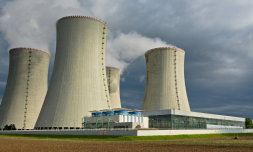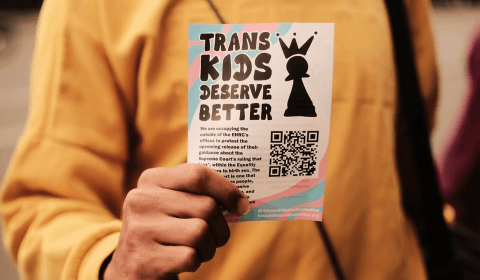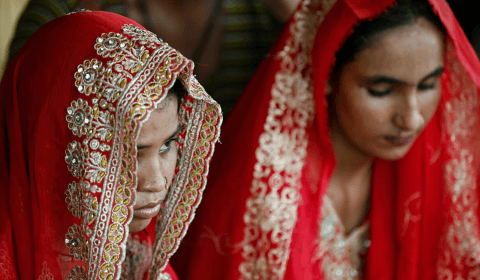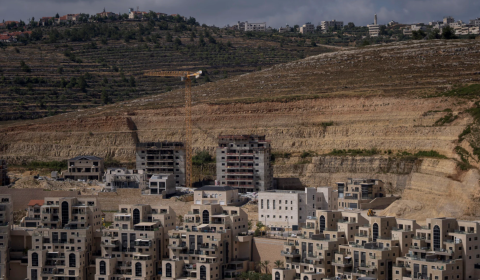The scheme provides financial support for those affected by prolonged sub-zero temperatures, but how viable are these payments against the backdrop of a cost-of-living crisis?
As we hunt for blown-away wheelie bins and crank up the heating, the UK’s cold-snap is affecting some more than others. But those in the most affected areas – who are experiencing prolonged sub-zero temperatures – could qualify for government support.
Cold Weather Payments, designed to provide financial assistance to vulnerable households during periods of exceptionally cold weather, are a crucial lifeline for many across the UK. So far this winter, 616,000 payments have already been made nationwide.
These government benefits are a means of topping-up bills, and while they are dependent on household income, payments are not age-related.
Each payment covers a seven-day period and is worth £25, meaning some households could receive up to £100 over the course of a month (if extremely cold temperatures were to continue for that time).
https://www.youtube.com/watch?v=YsfIJAaKSPY
One of the key benefits of Cold Weather Payments is their immediate and targeted nature. By specifically addressing the challenges posed by freezing temperatures, the scheme ensures that vulnerable citizens receive timely assistance to cover the escalating costs of heating.
This is especially important for those on low incomes, pensioners, and individuals with disabilities, who may already be grappling with financial difficulties.
However, despite the apparent advantages, critics argue that the threshold for triggering payments is too high, leaving many individuals in need without support during milder but still challenging weather conditions.
Against the backdrop of a Cost of Living crisis, the granularity of these schemes can mean thousands of vulnerable households are overlooked. Additionally, some claim that the fixed payment of £25 may not be sufficient to address the actual costs incurred by households in keeping warm during prolonged cold spells, particularly for those living in regions where heating costs are higher.
With inflation, rising energy prices, and other economic challenges, the fixed nature of the Cold Weather Payments may not adequately address the evolving financial burdens faced by the country’s most vulnerable people.
However, government ministers are still hopeful the scheme will make a difference to those who qualify.




















